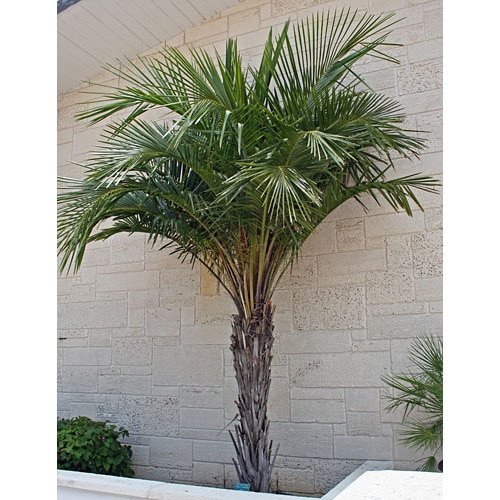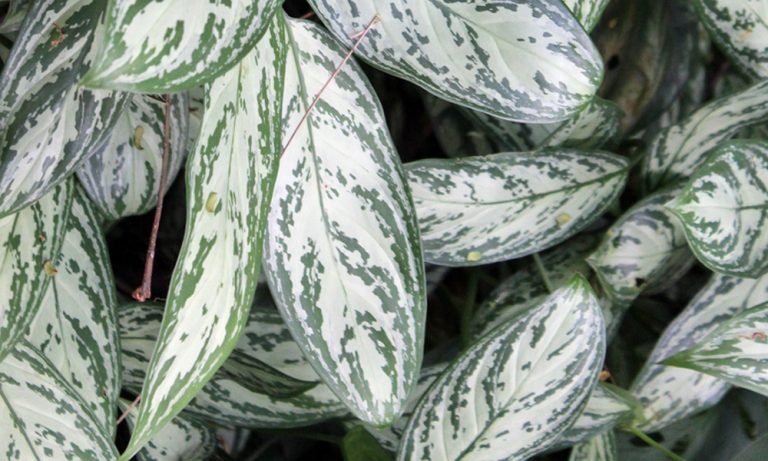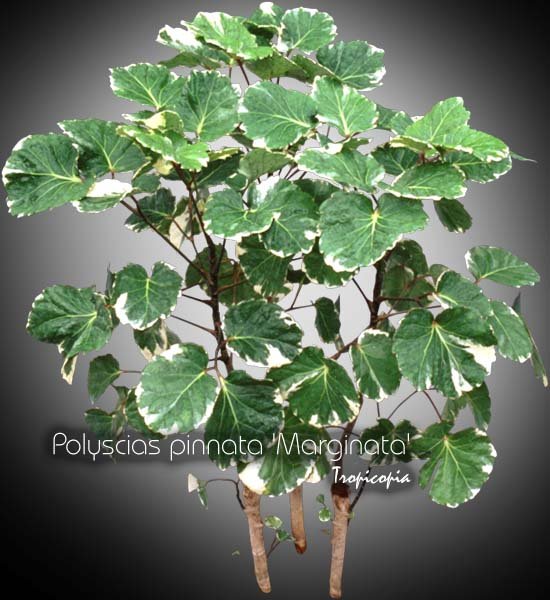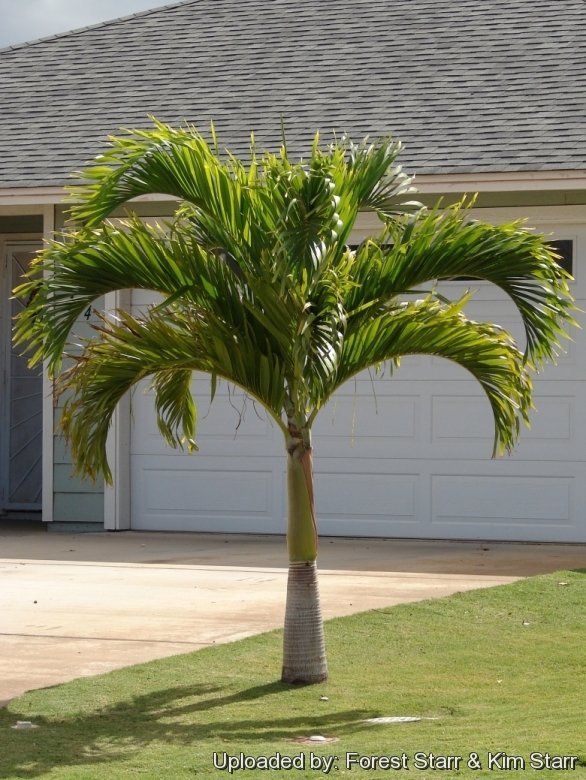Parrot palm (Syagrus schizophylla) – All You Need To Know
About Parrot palm (Syagrus schizophylla)
Syagrus schizophylla, also known as the “Wine Palm,” is a tropical palm tree native to Brazil that is known for its tall, slender trunk and feathery fronds. It is often grown as an ornamental plant in outdoor gardens, and it requires full sun and well-draining soil to thrive.
General Information
Family: Arecaceae
Category: Palm
Origin: Brazil
Native Climate: Tropical humid
Hardiness Zone: 11-10
Best as: Potted plant & Primary plant.
Where to grow Parrot palm?
Parrot palm is a common household plant that can be grown in various environments. They are Tropical humid plants that thrive in the hardiness zone of 11-10 with a minimum temperature of 12 and maximum temperature of 30.
Below is a typical map of the US hardiness zone where you can check your location and see if Parrot palm can survive in your locale.
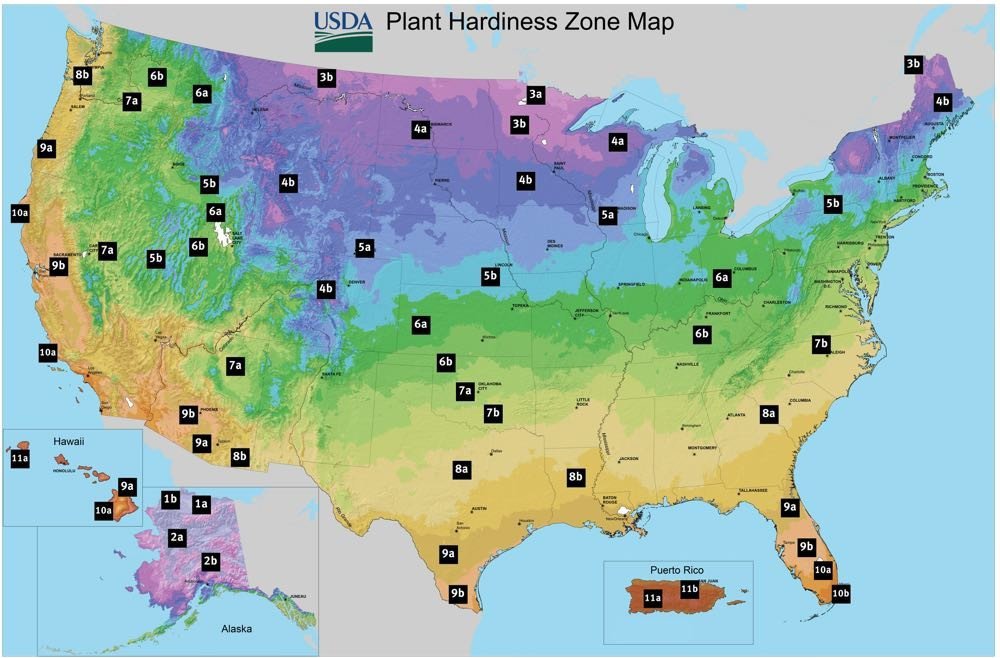
Parrot palm is native to the Tropical humid climate of Brazil so it will survive best in a similar climate. However, being from a resilient Arecaceae family, it can also be found in most unusual places.
Sunlight Requirements of Parrot palm
The idea lighting conditions for Parrot palm is Full sun greater than 21,500 lux or 2000 foot-candle. However, it can also survive and grow in Strong light ( 21,500 to 3,200 lux/2000 to 300 fc).
Watering Requirements for Parrot palm
For these plants, the best practice is to keep the soil moist between watering and water when i is half dry. “Keep moist between watering” means that the soil in which the plant is growing should not be allowed to dry out completely between watering. It is important to maintain a certain level of moisture in the soil for the plant to thrive.
“Water when soil is half dry” means that the soil should be allowed to dry out slightly between watering, but not to the point where it becomes completely dry. The best way to determine when to water a plant with this watering requirement is to wait until the soil feels dry to the touch about halfway down into the pot. At this point, it is time to water the plant.
In general, it is better to underwater a plant than to overwater it, as overwatering can lead to root rot and other problems. It is also important to pay attention to the plant’s overall health and appearance, as these can give clues as to whether the plant is receiving the right amount of water.
Is Parrot palm prone to insects?
Parrot palm is not prone to insects
Common diseases: N/A
Common posture & style
Parrot palm has a Clump posture and grow in a compact, rounded shape, with multiple stems emerging from a single point.
It has beautiful Dark green leaves. Its main appeal is its Bearing. It can grow up to the height of 4.57 meters with a truck width of 3.05 meters. It has a Slow growth speed under good conditions, watering, and sunlight.
Blooming Season: non flowering
Bloom Color: non flowering
Pruning: Never
Why should you keep Parrot palm in your home?
Keeping a Parrot palm plant in your home can bring many benefits. For one, plants can improve the air quality in your home by removing toxins and releasing oxygen.
In addition, having plants in your home can help increase humidity, which can be particularly beneficial during dry winters.
Additionally, caring for your Parrot palm plant can be a relaxing and therapeutic activity, and Parrot palm in your home can add a touch of nature and beauty to your living space.
Overall, there are many reasons why everyone should consider keeping a Parrot palm plant in their home if the climate is enabling for its growth.

